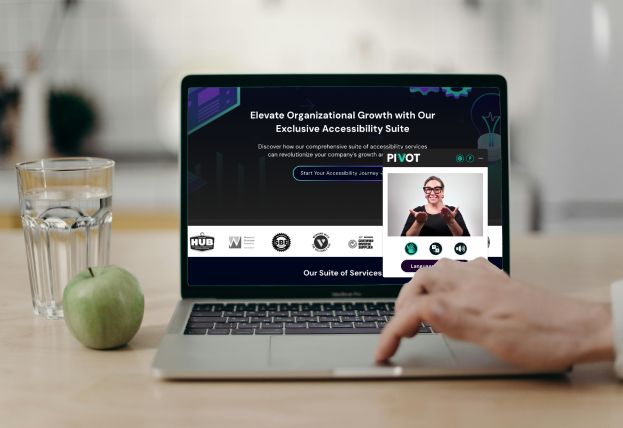Accessibility audits are a vital step for government agencies to ensure compliance with key standards such as the Americans with Disabilities Act (ADA), Section 508 of the Rehabilitation Act, and Web Content Accessibility Guidelines (WCAG). These audits not only help agencies meet legal obligations but also create inclusive experiences for employees and the public. Here’s a closer look at what government agencies should focus on during their audits:
Understand Legal Requirements
Government entities operate under strict accessibility laws that mandate equal access for all citizens. It’s essential to fully understand the scope of these laws:
- ADA: Covers physical spaces and public services, ensuring access for individuals with disabilities.
- Section 508: Focuses on the accessibility of electronic and information technology used by federal agencies.
- WCAG: Provides technical standards for making digital content accessible to individuals with disabilities, including those with visual, auditory, and cognitive impairments.
By gaining a clear understanding of these legal frameworks, agencies can better identify gaps in compliance.
Conduct a Comprehensive Accessibility Review
Accessibility audits should cover both digital and physical environments to ensure no area is overlooked. Key focus areas include:
- Digital Platforms: Review websites, apps, and online portals for usability, compatibility with assistive technology, and adherence to WCAG standards.
- Physical Spaces: Assess public buildings, offices, and service centers for ramps, elevators, signage, and other physical accessibility features.
- Documents and Communication: Ensure that public-facing documents (e.g., PDFs, forms) and communication tools are accessible, providing alternative formats as needed.
Collaborate with Accessibility Experts
Accessibility is a team effort. Engaging experts ensures a thorough audit and effective solutions. Consider collaborating with:
- Accessibility Consultants: Professionals who specialize in identifying barriers and recommending solutions tailored to government operations.
- Technology Providers: Vendors who offer tools and platforms designed for compliance with accessibility standards.
- Internal Stakeholders: Employees across various departments who can provide insights into operational challenges and priorities.
Incorporate Assistive Technology
Government agencies must utilize adaptive tools that enhance accessibility for employees and citizens with disabilities. Examples include:
- Screen Readers: For individuals with visual impairments.
- Speech Recognition Software: To assist those with mobility or dexterity challenges.
- Accessible Communication Tools: Such as real-time captioning and video relay services for individuals who are Deaf or hard of hearing. These technologies not only ensure compliance but also promote inclusivity in the workplace and public services.
Plan for Ongoing Accessibility
Accessibility is not a one-time project—it requires continuous effort and regular evaluations to keep up with evolving standards and community needs. Agencies should:
- Schedule routine accessibility audits to identify and address new issues.
- Invest in staff training to ensure employees are equipped to maintain accessibility standards.
- Foster a culture of continuous improvement by incorporating user feedback and staying updated on legal and technological advancements.
Government agencies that proactively address accessibility set the standard for inclusivity and leadership in public service. By ensuring equal access for all citizens, they fulfill their mission of serving diverse communities while reducing the risk of non-compliance penalties.
Ready to Take the First Step?
Ensure your agency is meeting accessibility standards and creating inclusive experiences. Connect with us at accesszanü to schedule your accessibility audit today.
Please set the PDF, title, and message in ACF fields.




